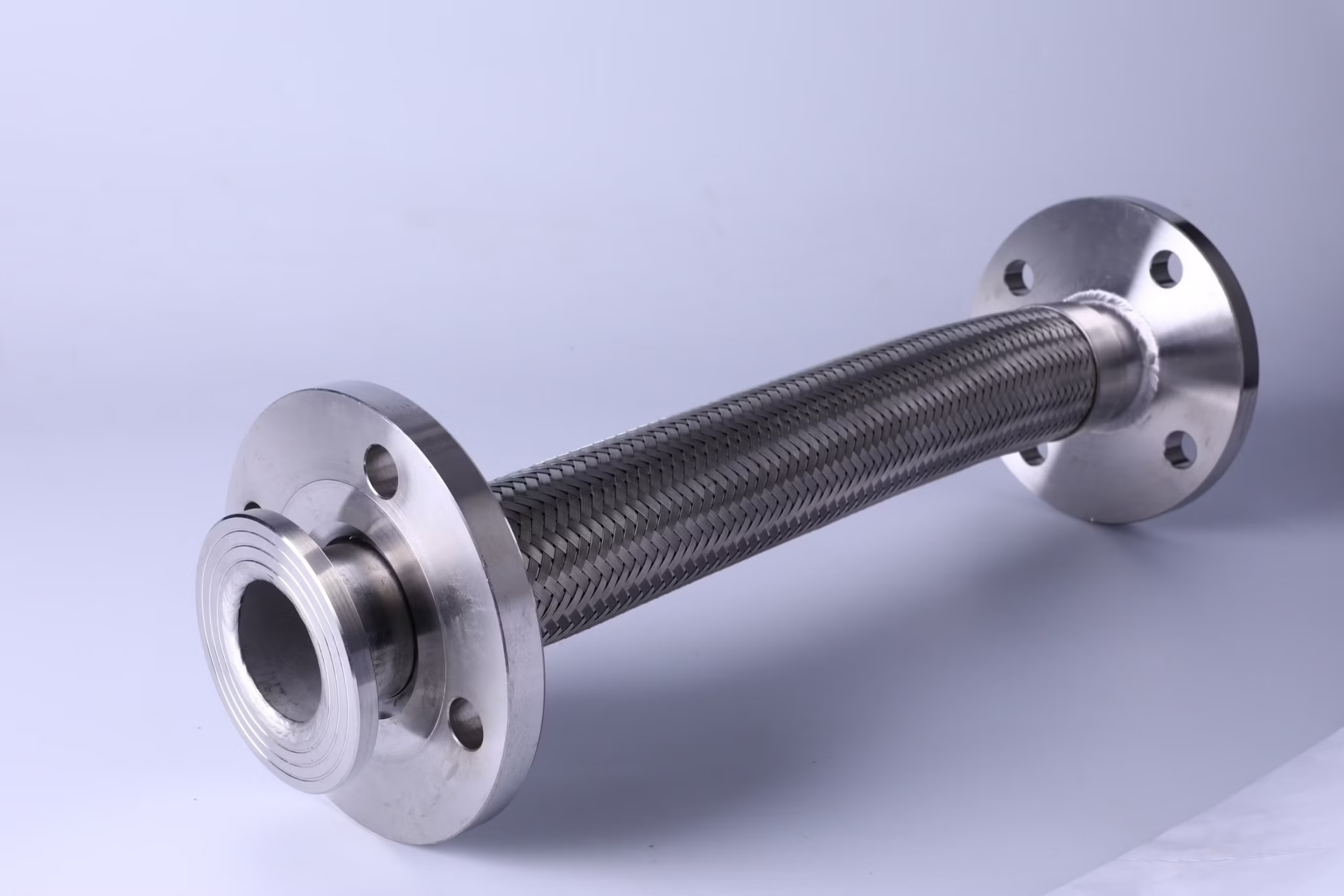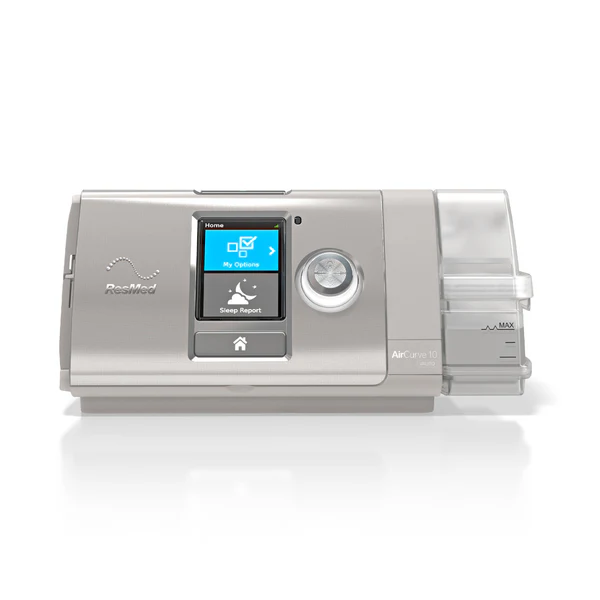In a world where electronic devices are getting smaller, smarter, and more complex, one component often goes unnoticed but plays a critical role in making it all possible: the flexible connector. Whether it is in smartphones, medical devices, automobiles, or industrial machinery, flexible connectors provide the vital link that ensures smooth transmission of signals, data, or power across different parts of a system.
Unlike rigid connectors that can be bulky and difficult to integrate, flexible connectors—often referred to as flexible printed circuits (FPCs), flexible flat cables (FFCs), or flex connectors—are designed with adaptability in mind. Their ability to bend, fold, and twist without breaking makes them indispensable in modern electronics.
What is a Flexible Connector?
A flexible connector is an interconnection device designed to provide electrical continuity between two or more circuit components while allowing movement or flexibility. These connectors are typically made of thin layers of conductive materials like copper laminated onto a flexible insulating film, such as polyimide or polyester.
The key difference from traditional rigid connectors lies in their mechanical flexibility. They can be folded, curved, or even wrapped around components without losing functionality, making them ideal for compact and dynamic designs.
Types of Flexible Connectors
Flexible connectors come in different forms, each tailored for specific applications. Some of the most common include:
- Flexible Flat Cables (FFC)
- Thin, flat cables with multiple conductors placed parallel to each other.
- Widely used in laptops, printers, and automotive dashboards.
- Flexible Printed Circuits (FPC)
- Flexible circuit boards made from polyimide film.
- Ideal for devices like smartphones, cameras, and wearables.
- Board-to-Board Flexible Connectors
- Connect circuit boards while allowing some degree of movement or adjustment.
- Often found in industrial control panels and robotics.
- Wire-to-Board Flexible Connectors
- Used where a cable or wire harness connects to a PCB.
- Common in consumer electronics and automotive wiring.
- Shielded Flexible Connectors
- Designed with protective shielding to reduce electromagnetic interference (EMI).
- Essential in medical devices, aerospace, and telecommunications.
Key Benefits of Flexible Connectors
1. Space-Saving Design
Flexible connectors allow engineers to reduce the size and weight of devices. By bending and folding into tight spaces, they help achieve sleek, compact product designs.
2. Durability and Reliability
Despite their thin profile, flexible connectors are surprisingly robust. They can endure vibration, movement, and thermal expansion without cracking, making them more durable than rigid alternatives in many environments.
3. Versatility
These connectors can be used in a wide range of applications—from high-speed data transfer in laptops to reliable signal transmission in medical equipment.
4. Enhanced Performance
With lower contact resistance and high precision in design, flexible connectors ensure consistent and high-quality signal transmission.
5. Cost-Effectiveness in Complex Designs
By reducing the need for multiple rigid boards and connectors, flexible connectors simplify assembly, cut down on material use, and lower overall manufacturing costs.
Applications of Flexible Connectors
Consumer Electronics
Perhaps the most visible use of flexible connectors is in smartphones, laptops, and cameras. The folding screens in modern smartphones, for example, are made possible by highly engineered flexible connectors that transmit data and power through the hinge mechanism.
Automotive Industry
With the rise of electric vehicles (EVs) and advanced infotainment systems, flexible connectors are used in dashboards, battery management systems, and safety electronics. They withstand vibration, heat, and movement, ensuring reliability.
Medical Devices
Devices like pacemakers, hearing aids, and diagnostic equipment rely on compact yet durable connectors. Flexible connectors not only save space but also provide biocompatibility and reliability in life-saving devices.
Aerospace and Defense
Aircraft and spacecraft demand components that can endure harsh conditions such as vibration, high altitude, and extreme temperatures. Flexible connectors provide the necessary durability without adding unnecessary weight.
Industrial Automation and Robotics
In machines and robots with moving joints, flexible connectors allow continuous transmission of signals and power without breaking, ensuring smooth and reliable operation.
Challenges and Considerations
While flexible connectors offer many benefits, they also come with certain challenges:
- Design Complexity: Creating layouts for flexible circuits requires precision engineering to avoid stress points.
- Manufacturing Cost for Small Runs: Though cost-effective at scale, prototyping or small-batch production can be expensive.
- Thermal Sensitivity: Some flexible materials may degrade under extreme heat if not properly insulated.
- Connector Compatibility: Choosing the wrong connector type can result in poor signal quality or mechanical failures.
To overcome these challenges, manufacturers and designers must carefully evaluate their specific application requirements and select the right material, thickness, and connector type.
Future of Flexible Connectors
The future of flexible connectors looks promising, especially as industries move toward miniaturization, wearables, foldable devices, and smart technologies. Emerging trends include:
- Flexible 5G and IoT Devices: With the rise of 5G and Internet of Things (IoT), demand for compact, high-speed connectors is growing.
- Foldable and Wearable Electronics: From smartwatches to augmented reality glasses, flexible connectors will be central to wearable design.
- Medical Implants: Advances in biocompatible materials will enable more reliable flexible connectors for long-term use inside the human body.
- Sustainable Manufacturing: New eco-friendly materials and recyclable connectors will reduce environmental impact.
Conclusion
Though often overlooked, flexible connectors are the backbone of modern technology. They quietly ensure that signals, power, and data flow seamlessly through our most essential devices—from the phone in your pocket to the airplane soaring above. Their combination of flexibility, reliability, and efficiency makes them a cornerstone of innovation across industries.
As technology continues to evolve, flexible connectors will not just keep up—they will pave the way for smaller, smarter, and more efficient designs that shape the future of electronics and beyond.



